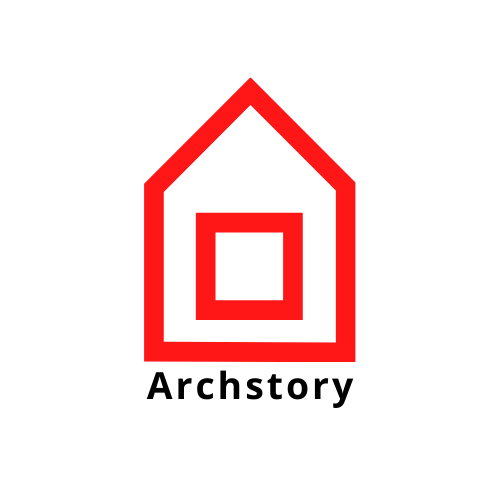
Nikken Sekkei-Shinjuku Sumitomo Building
신주쿠 스미토모빌딩은 1974년 도쿄의 신주쿠지역에 지어졌다. 부지의 광대한 "삼각형 과장" 아트리움 지붕은 우수한 유지 관리 방식을 사용하여 대규모 건물에서 리노베이션 프로젝트를 수행하는 방법을 해결하기 위한 지속 가능한 모델을 제공한다. 이 프로젝트는 도시 비즈니스 지구를 활성화하고 접근 가능한 모임 장소로서의 가치를 높이려는 더 큰 사회적 노력을 나타낸다.
The Shinjuku Sumitomo Building was built in 1974 in Tokyo’s Nishi Shinjuku district. The site’s expansive “Sankaku Hiroba” (triangular plaza) atrium roof, along with associated renovations, offers a sustainable model for addressing an emerging problem for Japan’s cities: how to carry out renovation projects on large-scale buildings using good maintenance practices. The project also represents a greater societal effort to enliven the urban business district and enhance its value as an accessible gathering place.
Creating a Lively Public Space in the Business District - The building’s construction was a venture into the unknown, so to speak, made possible through innovation and new technologies for tackling numerous challenges. By the early 2000s, nearly 30 years since its completion, the Nishi Shinjuku area had matured as a business district and faced the challenge of how to invigorate an increasingly diverse city.
To that end, Shinjuku’s public and private sectors joined hands in a reorganizing effort that is finally bearing fruit. Among them is the public space built in the privately-owned area of the building’s outdoor plaza, covered with a massive glass roof. Hopes are high that this indoor space will spark a transformation of metropolitan Shinjuku into a more lively and appealing city. The project is more than a mere makeover; it shows the great potential of such high-rise renovations that aim for urban functionality and value enhancement to meet the demands of a new era.
Renovating a High-Rise Still in Use - This project was undertaken while the building remained in use. Construction of the glass roof was performed concurrently with major repair work. The huge steel-structured roof (L:140m, W:90m, H:25m) covers a central space devoid of columns. Expansion joints were used above ground so the roof could be structurally independent. Roof-supporting columns were strategically concentrated along the site’s perimeter and the existing periphery in order to minimize the effects on facility renewal and other activities.
Concurrent with the construction of the roof, seismic retrofitting was performed on the entire building to better counter earthquake-related effects and vibration. Using the building’s existing equipment balconies, second-floor inertial rotary damping tubes were installed to connect up to the 49th floor in order to absorb the building’s kinetic energy. All of the tasks were performed without disturbing the building’s exterior or office workspaces.
Inheriting the Landscape & Redesigning the Legacy - The Shinjuku Sumitomo Building has long been affectionately called the “Sankaku (triangle) Building,” both for its distinctive outward appearance and for its striking interior and exterior detail. For this project, new spaces that respect the legacy landscape were redesigned. For example, red granite formerly used in the exterior (now no longer mined) was reused in the walls of the vehicle entrance. Bricks from the former outer wall design (inspired by the Yodobashi Purification Plant’s brick motif) were “recreated” using laminated bricks that integrate air conditioning, sound deadening, and wall greenery functions.
Photography by SS, Gankosha, Harunori Noda








from archdaily
'Commerce' 카테고리의 다른 글
| -이상봉 타워 [ UnSangDong Architects ] Mongyudowondo Tower (0) | 2021.12.11 |
|---|---|
| -한남 베르그 루프탑 카페 [ YOLLLLEY STUDIO ] Hannam Berg Rooftop Cafe (0) | 2021.12.06 |
| -유기적 입면을 가진 뷰티센터 [ officePROJECT ] YIKOU Skin Management Center (0) | 2021.11.30 |
| -무신사스토어, 솔드아웃 [ WGNB ] Soldout, Musinsa Store (0) | 2021.11.06 |
| -바그다드 애플스토어 [ Foster + Partners ] Apple Bagdat Caddesi (0) | 2021.11.06 |
